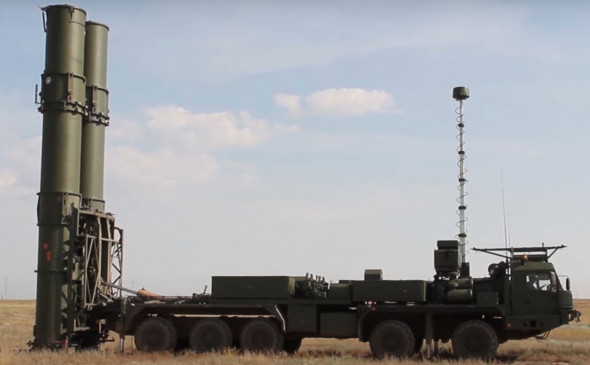Actually, it is very difficult to shoot down a satellite. It is almost impossible to shoot down a satellite from the ground at an altitude of 500 km. Russia did it. But with what?
Of course, the Russian Ministry of Defense is mysteriously silent about the weapon system used. The Russian Federal media has diligently avoided this issue. The “less federal” make timid assumptions.
It is believed that China did this first in 2007. And today, they talk about it as a fact. But then the Americans said this: on the night of January 12, 2007, a medium-range ballistic missile was launched from the Chinese Xichang cosmodrome in Sichuan province, which destroyed the old Feng Yun 1C meteorological satellite, launched in 1999, at an altitude of 865 kilometres from the earth’s surface.
As far as I know, China did not claim this and did not confirm this information, although it did not deny it. But why refute it as China did not violate any laws or rules. Let the world think China shot the satellite down.
The Russians doubted it. For example, Russian Defense Minister Sergei Ivanov called reports of the Chinese anti-satellite system “grossly exaggerated” rumours.
Indeed, it is somehow difficult to imagine that an ordinary ballistic missile could shoot down a satellite at an altitude of 865 km. The calculations should be fine because the satellite is moving at almost 8 km / s. Imagine how difficult it is to calculate the trajectory so that the rocket and the satellite are in the same place at the same time.
So, I am inclined to believe that China did not shoot down the satellite. But if China knocked it down, it was something from the category when a player with the first blow across the floor of the field sends the ball into the hole in golf.
But the Americans were so outraged; they shot down their own satellite USA-193 a year later. They used an advanced SM-3 missile of the Aegis missile defense system, and the satellite was in a very low orbit.
India conducted the third test in 2019. The Indians shot down the Microsat-R satellite in a 280-kilometre orbit. That is also low. It was shot down with a ballistic missile.
The USSR shot down satellites several times, but since it is a huge topic in itself, let us skip this.
In general, of all countries, only the United States has anti-satellite weapons. True, Russians have the 40N6 rocket from the S-400 complex. According to some reports, it could hit satellites in low orbit in about the same place where the Americans shot down.
But, here’s the thing. The Americans shot down a satellite at an altitude of 247 kilometres, and the Russians hit the satellite at an altitude of about 500 km, twice as far. And it turns out, apart from the unconfirmed and dubious Chinese experience, no one has ever shot down satellites at such a height from the ground without using a nuclear warhead.
So how did Russia shoot down a satellite at such an altitude?
Most experts think the Russians used the 51T6M missile, which is being developed or already developed within the framework of the A-235 Nudol system. But for some reason, everyone forgot about the S-500 Prometheus. Maybe because the type of missiles used, especially for the long-range ABM/ATBM role, has not been disclosed yet.
I am not a rocket scientist, so you can dispute me, but somehow the theory does not stick to the A-235. If the 51T6M rocket was launched from Plesetsk, it would have to catch up with the satellite. Based on the statements of sources in the Russian defense industry and the Ministry of Defense, it is said that the range of this missile is up to 1500 km, and the highest point of the trajectory is 750 km. So it is possible that this missile can do the job. But this rocket was retired in 2006.

I would venture to suggest that the satellite was shot down as part of the S-500 Prometheus tests. The Russians said it was a new system. S-500 does have ASAT capability, as seen in the Russian literature. Soon after the ASAT test, Deputy Prime Minister Yuri Borisov announced the completion of state tests of the latest anti-aircraft missile system and the beginning of their delivery to the Armed Forces.
The ASAT test gives something for the Americans to think seriously. After all, when the United States decided to break the ABM treaty, they were confident that Russia would never develop anything of the kind. There will not be enough resources, and the qualified engineers would have left for greener pastures. After all, US President George W. Bush announced the withdrawal of their ABM Treaty on December 13, 2001. At that time, Russia’s path into the abyss was obvious and inevitable in the eyes of the Americans. It was impossible to imagine that this impoverished country would ever create such an expensive and complex system.
It is now clear that the Americans were wrong. It seems now that they have figured it out.
By the way, the Russians shot down Cosmos-1408 satellite, aka Tselina-D, designed by the Ukrainian design bureau Yuzhnoye, and produced at the Yuzhmash plant in Dnepropetrovsk.
